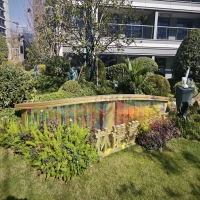Welcome to the website for landscape facilities products and knowledge.
What are the best stone documentation methods?
Stone documentation is a critical process in archaeology, conservation, and heritage management. Accurate documentation ensures the preservation of historical and geological data for future study. Here are some of the best methods for documenting stone:
1. Photogrammetry: This technique uses high-resolution photographs to create 3D models of stone surfaces, capturing fine details like tool marks or weathering patterns. It’s non-invasive and highly precise.
2. Laser Scanning: Ideal for large-scale projects, laser scanning provides millimeter-accurate measurements of stone structures, useful for restoration and virtual reconstructions.
3. Hand Drawing and Sketching: Despite technological advances, traditional hand drawings remain valuable for capturing subtle textures and features that cameras might miss.
4. Condition Reports: Detailed written records, including notes on cracks, erosion, and previous repairs, help track changes over time and guide conservation efforts.
5. Material Analysis: Techniques like X-ray fluorescence (XRF) or petrographic microscopy reveal the composition and origin of stones, aiding in authenticity verification.
Combining these methods ensures comprehensive documentation, balancing modern technology with traditional practices for the best results.
Related search:

Recommendation
Metal and acrylic color-changing combined curtain wall for large-scale public landscape facilities